Mediterranean Island Hopping: Malta February 9-11
February 9 Saturday: Chinese New Year Eve): Gozo – Malta
After having watched the carnival at Victoria, I took the ferry back to Malta. By 2:30pm I was back in Silema Marina Hotel. Pierre a pleasant young man gave me a nice single room with a view on Valetta.
I only had two more days in Malta and must move fast. Pierre told me Bus 222 would take me to Mdina, Malta’s first capital. Unfortunately there is no timetable at the bus stop. After waiting for 20 minutes, I decided to take a bus to Valetta first as there would be more buses leaving from the terminal. As there was a carnival in Valetta, the normal bus service seemed to have been affected. I waited for another 10 minutes but there was still no bus to Mdina. I gave up and hopped on Bus 2 which was about to leave for Birgu (Vittoriosa). I arrived at my destination just before 5pm and was annoyed for wasting the whole afternoon.
Isla (Senglea), Kalkara and Bormla (Cospicua) and Vittoriosa are located on the other side of the Grand Harbour opposite Valetta. These four localities are collectively known as Cottonera. The area has been inhabited for at least 3000 years. In 1530, it became the home of the Sovereign Military Order of St John of Jerusalem. In 1571, the Order moved to the new capital, Valetta. Given its strategic location and natural harbour, it became a hub of maritime activity. During the British rule, it became a strategic repair yard for the British warship in the Mediterranean.
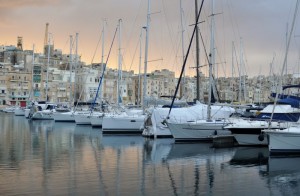 |
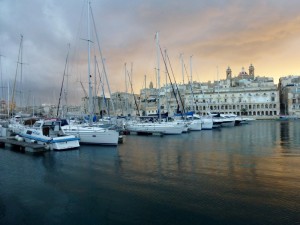 |
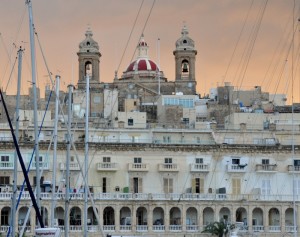 |
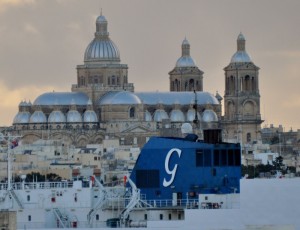 |
I fall in love with Vittoriosa and find its narrow winding alleys, old buildings and churches most charming. The views of Senglea and Valetta at sunset were breath-taking.
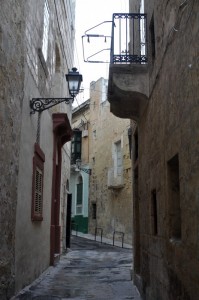 |
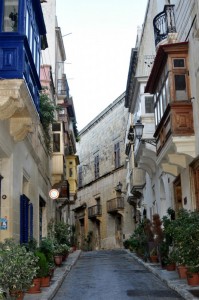 |
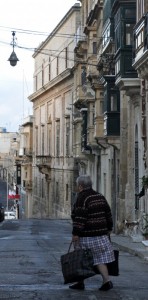 |
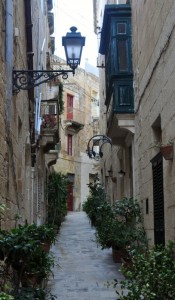 |
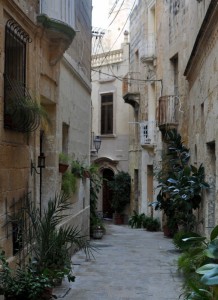 |
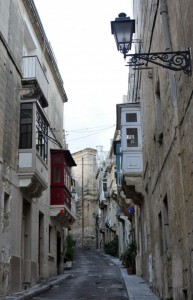 |
February 10 Sunday (The first day of the Year of Snake)
I got up very early and arrived at Mdina before 9am. The weather was unstable with sunshine and occasional showers.
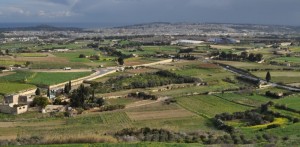 |
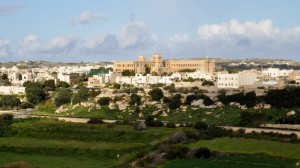 |
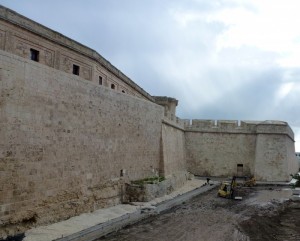 |
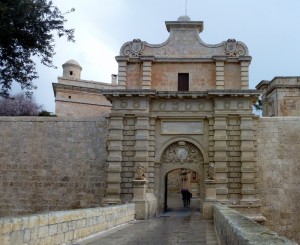 |
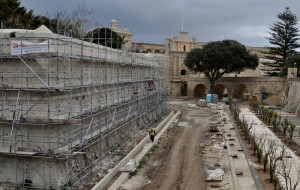 |
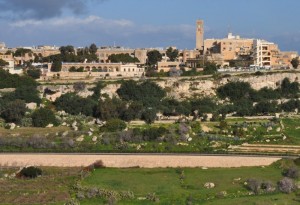 |
Mdina (also known as a ‘Silent City”) has a medieval atmosphere with fortified walls, winding streets and stunning architectures. It also offers a fantastic view of the island. Though small, it is quaint and elegant with several attractions including the Carmelite Friary Museum, Palazzo Falson and the Cathedral. I had a blissful time and spent some time in the Cathedral watching the Sunday mass. I was taken away by the rituals, glowing candle lights, singing and praying.
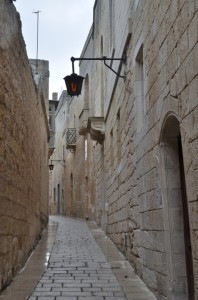 |
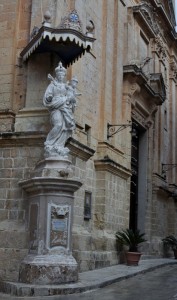 |
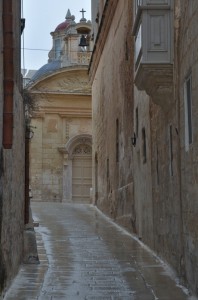 |
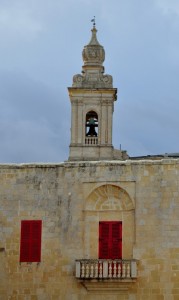 |
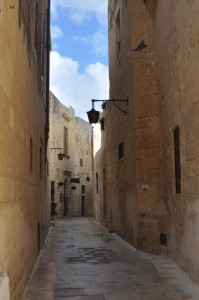 |
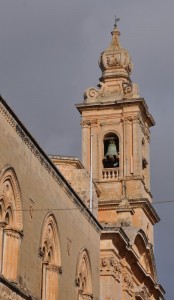 |
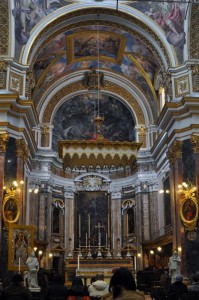 |
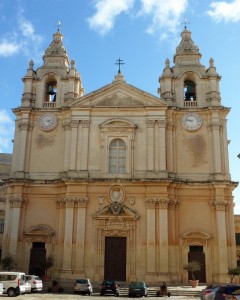 |
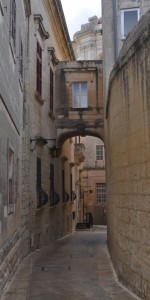 |
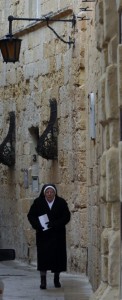 |
With my Malta Heritage pass, I went to the Natural Science Museum and Domvs Romana, a museum built on the remains of a rich Roman town house with the best preserved mosaic compositions in the western Mediterranean. The museum is housed in a palace and provides a glimpse of the splendid architecture on the island. I like the Domvs Romana which provides a lot of information on life during the Roman Empire, patterns of mosaic and architectural features of the day.
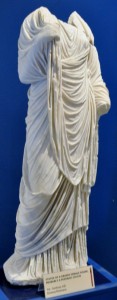 |
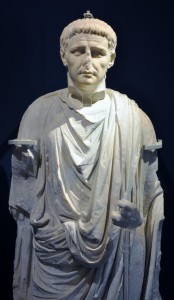 |
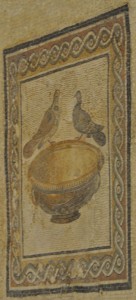 |
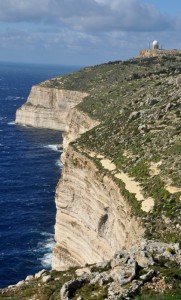 |
Though there is one more attraction namely the underground catacomb dedicated to St Paul in Rabat (opposite Mdina) to visit with my pass, I decided to go to the famous Dingli Cliffs while the weather was good. I took Bus 201. After 10 minutes’ bus ride (around 11:45am), I saw a directional sign to Dingli Cliffs. I jumped off the bus together with another tourist. It turned out to be the wrong stop: Elke (a German lady) and I had to walk for almost an hour before reaching the scenic spot. But our time was not wasted: we saw beautiful rural scenery with farm houses, land under cultivation on the slope, the sea and the cliffs.
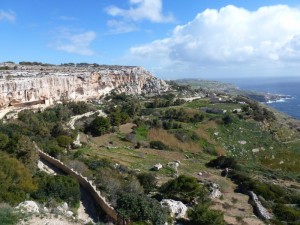 |
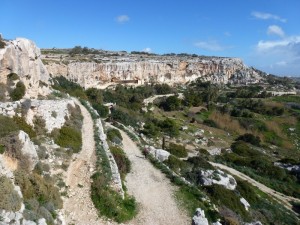 |
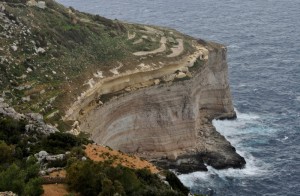 |
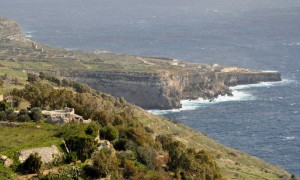 |
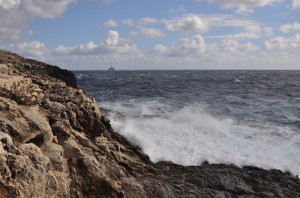 |
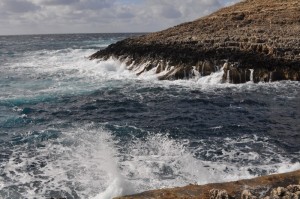 |
Dingli Cliffs standing some 250m above sea level affords fantastic views in Malta. It was sunny but very windy. We hopped on Bus 202 at 1:25pm which took us to the famous Blue Grotto. Due to the strong wind, the ferry service to the grotto was stopped. What a pity! I and Elke had a sumptuous lunch with a glass of wine and a cup of coffee while waiting for the next bus.
Our final stop was the 5000-year old Hagar Qim and Mnajdra temples built in the same tradition as the Ggantija temples in Gozo. The two temples however differ in plan and articulation as well as in constructional techniques. Both illustrate full mastery of the use of globigerina limestone. They are roofed over for preservation reasons.
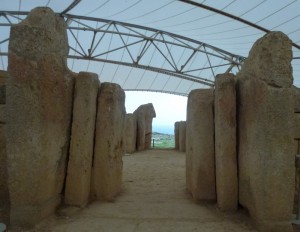 |
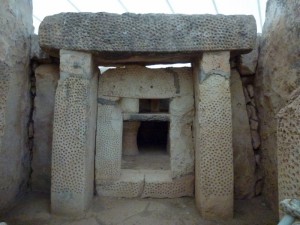 |
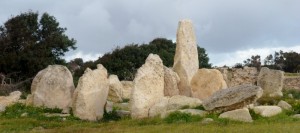 |
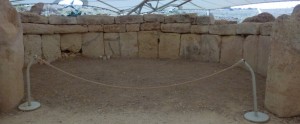 |
I visited the two temples with my pass. Elke waited for me outside as she did not want to purchase a ticket. She would be visiting the temples with a guide two days later. It was raining heavily. As we had to catch the bus at 4:25pm, I had less than an hour on the site. The two temples are far apart and I barely had enough time to take a good look at them. We were back at the bus stop in time. But the bus was late. I wish I could have spent another 5-10 minutes in the Mnajdra temple.
The bus terminated at Rabat where we could catch another bus to Valetta. I spotted a bus leaving for Mosta. As I wanted to see the dome (one of the largest in the world) at the Church of the Assumption, I hopped on the bus with Elke. The church was rebuilt around the original in 1830-60 by Maltese architect Giogio de Vasse. We went inside and were amazed by the enormous doom. The church packed with church-goers was brightly lit up and atmospheric.
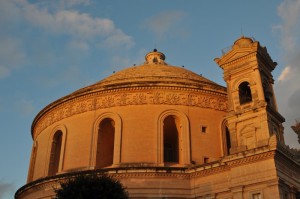 |
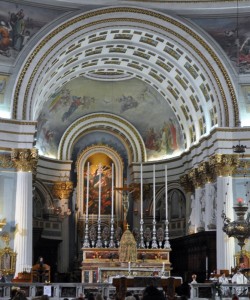 |
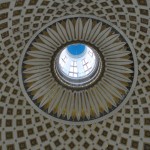 |
We were back in Valetta at 6:15pm. Accompanied by Elke, I went to see St Paul’s Anglican Cathedral and St Paul’s Shipwreck Chapel. The former built in 1844, is famous for its impressive tower which is Valetta’s landmark. But the latter completed in 1582 is a hidden gem. There was a mass and the well-lit old chapel looks splendid and holy. On the way to the bus terminal, I stopped at St Barbara, a tiny church on Republic Street when a group of Filipino just came out from a mass conducted in English. It is simple but cozy.
On the bus, I heard a man asking the bus driver for direction to Silema Marina Hotel. I told the tourist (whose name is Romano) to follow me. When we got off the bus, we went to a local restaurant for dinner. I had a local dish with vegetables wrapped with thin slices of beef. This was my second big meal on the Chinese New Year day.
February 11 Monday: Valetta, Malta – Athens, Greece
My flight would depart at 5pm. I therefore only had a morning for sightseeing. I decided to make a trip to Isla and Vittoriosa as they are close to Valetta. Isla is a fortified city perching on a small hill above the harbour with magnificent views of the Grand Harbour, Valetta, Fort St Angelo (on Vittoriosa) and Ricasoli Fort (Kalkara). The harbour front promenade is under construction with EU funding. Though it looks run-down, I find it charming and authentic.
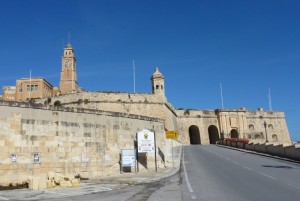 |
As I walked towards Vittoriosa, I was horrified to see the awful state of the Knight of Malta Dockyard and British Dockyard Basins. I hope something will be done one day. I planned to visit the Malta Maritime Museum as Malta has a rich maritime history. Unfortunately, it was temporarily closed as a result of a power-cut.
I went uphill to the splendid Inquisitor’s Palace which has been nicely restored. I read with great interest the simple but easily comprehensive information on the spread of Catholicism on the island and the religious practices and traditions of the day. I sadly left the city to catch the 12:20 bus back to Valetta. The bus did not turn up till 12:40pm. I hate to waste time like this!
I took a direct bus from the hotel to the airport without problem and my flight to Athens with Air Malta departed on time at 5pm.
Remarks
I have a most enjoyable time in Malta. I am aware of its rich history but what I have seen exceeds my expectations: they are all hidden gems.
First, with its history, architectures, churches, fortifications and Grand Harbour, Malta is simply magnificent. One can easily spend a week on the island of Malta.
Second, Gozo is gorgeous. With its unique character with quaint villages and a green rolling landscape, it is a charming place for a peaceful holiday. The iconic Azure Window, limestone cliffs and world’s oldest free-standing structure are all photogenic. It is also a safe haven for walkers. I am glad that I spent five nights on the island. My leisure walks are most enjoyable. But the signage for walkers is inadequate and should be improved.
Third, I find Malta very likeable and livable. The cost of living is relatively low by EU standards. Owing to the British legacy, it has a common law system. The bus service is cheap and fantastic despite the narrow roads and congestion. The streets and houses in the villages are clean and tidy. Fields are under cultivation and farm houses though rustic all look respectable and well maintained. In brief, though the islands have strong Mediterranean and Italian influences, Maltese are efficient and effective and things work well!
Though I have spent ten days in Malta, I have yet to visit Ta’Hagrat, Skorba and Hal Saflieni Hypogeum. The first two are megalithic temples while the last one is the only example of subterranean structure of the Bronze Age (excavated c. 2500 BC). It might originally be used as a sanctuary and later became a necropolis in prehistoric times. I like the islands so much that I plan to return one day.

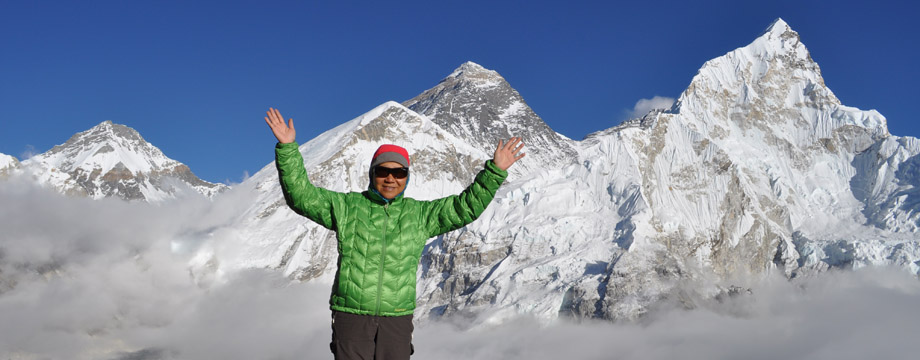

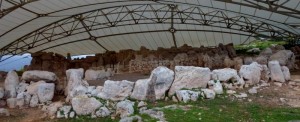

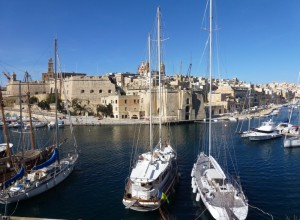
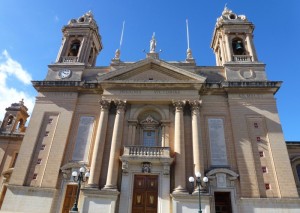
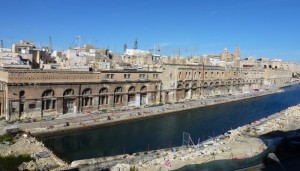
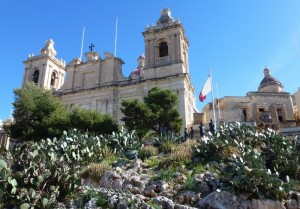
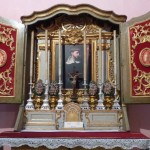
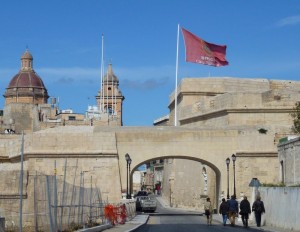
Hi, Sarah,
Reading your travel tales of Malta bought back pleasant memories of my stay there in 2006. At that time, I went with my husband to attend the wedding of his pal’s son. We only stayed abt a week and of course, could not cover the areas like you. Still I liked the history and atmosphere of Malta. We also went around on the bus (cheap but erratic ). I found the national dish, rabbit , un- impressive. Unfortunately, I did not read up on the various aspects of Malta and missed the significance of many of the sights.
Maureen